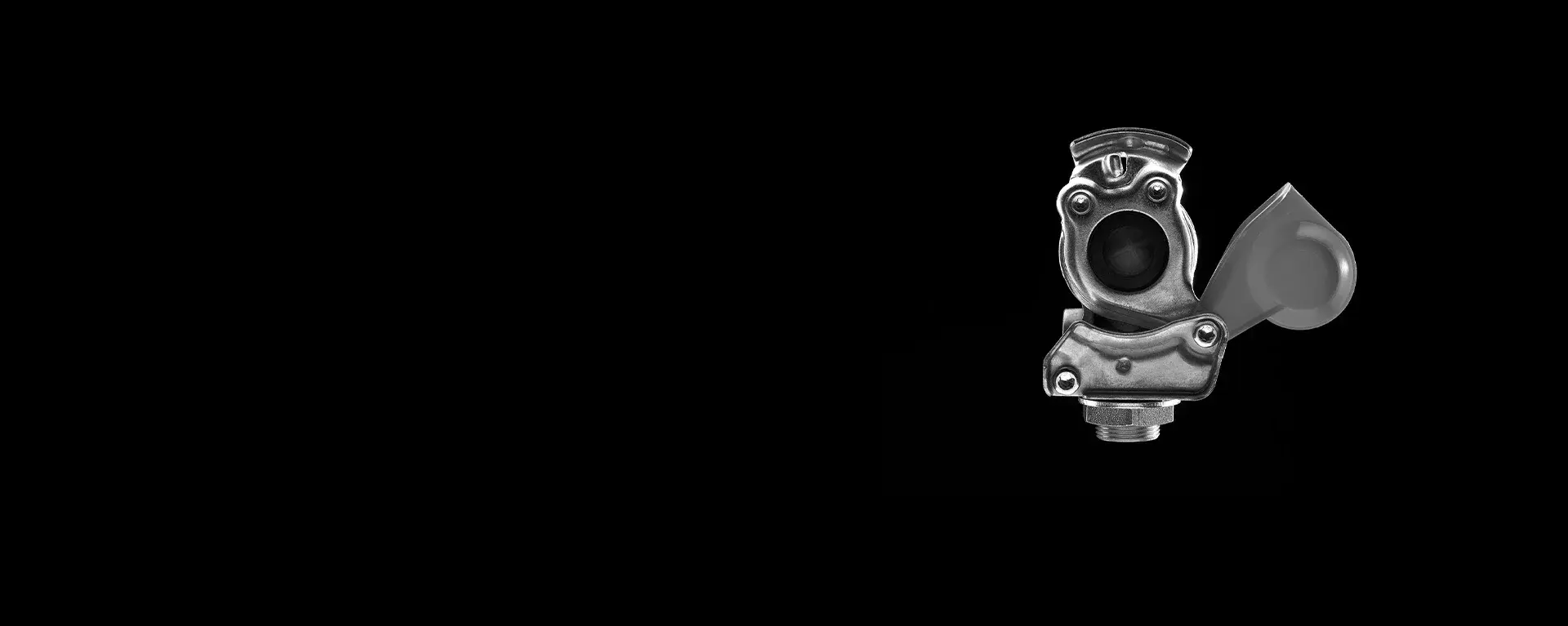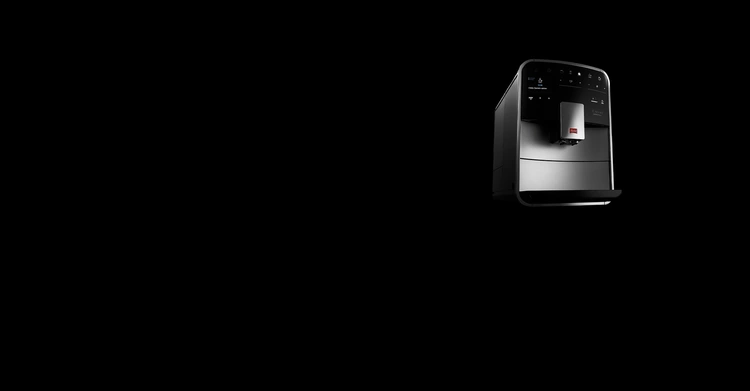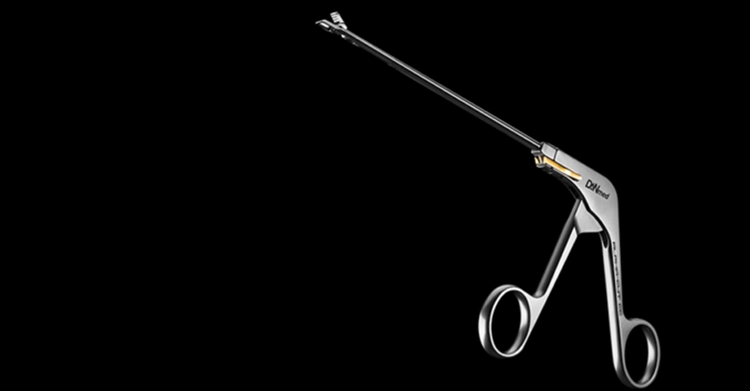Under the motto “Press, Draw, and Stamp,” Heinrichs GmbH & Co. KG from Lennestadt in the Sauerland region has been manufacturing metal parts and assemblies for over 100 years, particularly for the automotive industry and its suppliers. The product portfolio of 2,600 articles includes parts made of all common steel and stainless steel grades, non-ferrous metals, and special materials in thicknesses of 0.05 to 20 millimeters. The company’s 286 employees in Germany generated a turnover of around 61 million euros in 2015. Among the company’s approximately 180 customers are well-known automobile manufacturers and suppliers, among them, Daimler, BMW, and VW, Wabco, JCl, and Hi-Steel.
The company’s quality management has been certified for many years in accordance with ISO/TS 16949 and EN ISO 9001. There is also an environmental management system in accordance with ISO 14001. An A-grade supplier of prestigious OEMs and suppliers itself, Heinrichs places just as high demands on the quality of its own suppliers. The company initiated a new Quality Strategy (Q strategy) in September 2015 in order to improve its suppliers for the long term and to selectively develop weaker suppliers. As part of implementing this strategy, supplier management was to be completely re-thought and existing processes analyzed and, if necessary, re-organized. The focus was to be on actual processes rather than thinking in terms of departments. Up until 2013, supplier assessment was made manually using Excel, and there was no structured process. The result was an extremely high expenditure for data maintenance as well as an acquisition of information connected to spending a good deal of time when necessary. The initial activities toward an improved supplier assessment followed in 2014. Newly scheduled audits initially had an impact, however, only on quantity and did not provide the hoped-for improvement. With the launch of the new Q strategy in September 2015, supplier management was approached afresh from the ground up and transferred from Purchasing to the Quality Management department. The decision for this came directly from senior management. Only this large-scale restructuring of the business organization brought the hoped-for success.
Entirely in terms of the revised QM standard ISO 9001, greater emphasis was to be placed on process orientation; the individual activities of specific departments were therefore no longer to be considered but rather all activities and procedures of an organization were to be looked at holistically. In order to come to a positive overall result, a process result as well as suitable key performance indicators were to be defined for every process. The question of input and output was always crucial: Where does the process begin, and where does it end? How do you transform customer requirements into customer satisfaction?






Comments
No comments